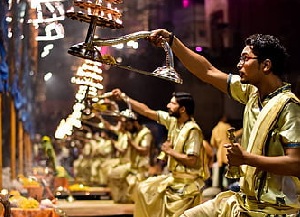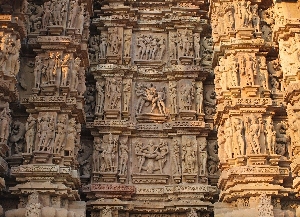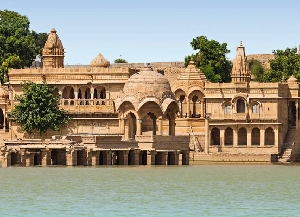Discover the Best Time to Visit the Taj Mahal: Your Ultimate Guide to the Best Month and Ideal Visit Times

The Best Time to Visit Taj Mahal
The Taj Mahal, one of the seven wonders of the world, is a destination that attracts millions of visitors each year. The best time to see the Taj Mahal is from October to March, when the weather is cooler and more pleasant. During these months, especially November and February, you can enjoy clear views and fewer crowds.
What to See at the Back of the Taj Mahal
While most tourists focus on the Taj Mahal’s impressive façade, the back offers an equally spectacular view. From here, you can observe the Yamuna River and the surrounding landscape. It is an ideal place to take photos and enjoy the tranquility, away from the crowd.
Click Here: To Chat With Expertise
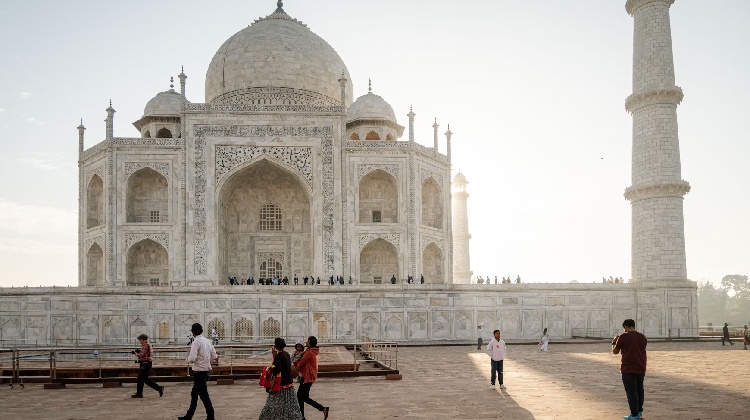
What to Bring Inside the Taj Mahal
When entering the Taj Mahal, there are a few things you should keep in mind:
- Shoes: Visitors must take off their shoes when entering the mausoleum. We recommend wearing comfortable socks.
- Camera: Although you can bring your camera, the use of tripods is not allowed.
- Large bags: Large backpacks or bags are not allowed, so it is best to carry only the essentials.
What to Eat Near the Taj Mahal
Around the Taj Mahal, you will find several dining options. Here are some recommendations:
- Joney’s Place: Famous for its vegetarian food and relaxed atmosphere. Recommended dishes include pasta and lassi.
- Shankara Vegis Restaurant: Offers typical Indian dishes and is known for its thali.
- The Sky Deck: A rooftop restaurant offering views of the Taj Mahal, ideal for a romantic dinner.
Click Here: To Get Free Query
| Month | Minimum Temperature (°C) | Maximum Temperature (°C) |
|---|---|---|
| January | 6 | 20 |
| February | 10 | 25 |
| March | 15 | 30 |
| April | 20 | 35 |
| May | 25 | 40 |
| June | 27 | 39 |
| July | 25 | 35 |
| August | 24 | 32 |
| September | 23 | 34 |
| October | 15 | 30 |
| November | 10 | 25 |
| December | 6 | 22 |
Weather in Agra:
What You Should Know for Your Visit to the Taj Mahal
The weather in Agra can vary significantly throughout the year, which influences the experience of visiting the Taj Mahal. Here’s a breakdown of weather conditions by month and how they affect your visit.
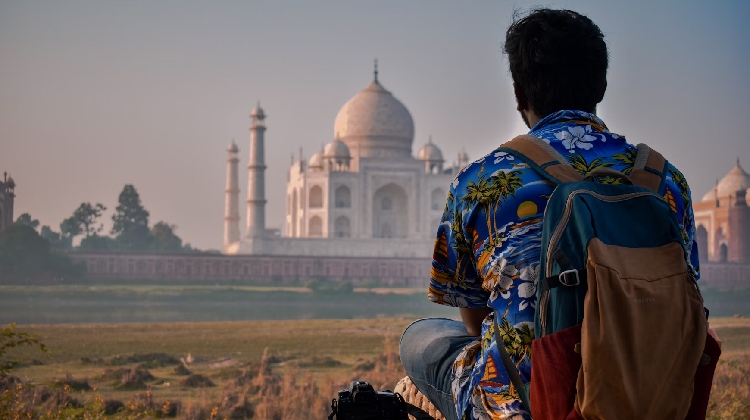
What to Wear Inside the Taj Mahal
It is advisable to dress respectfully when visiting the Taj Mahal. Opt for comfortable, light clothing, preferably in light colors, as it can be hot. Women may consider wearing a shawl or scarf to cover specific areas.
Where to Stay in Agra
Agra offers a wide range of accommodation options, from luxurious hotels to budget hostels. Here are some suggestions:
Hotel Recommendations in Agra
1. Hotel Oberoi Amarvilas
– Type: Luxury
– Price: Approximately $600 per night
– Description: This hotel offers spectacular views of the Taj Mahal, with exceptional service and a spa.2. ITC Mughal, Agra
– Type: Luxury
– Price: Around $200 per night
– Description: Featuring beautiful gardens and Mughal architecture, this hotel boasts multiple dining options.3. Taj view – IHCL SeleQtions
– Type: Moderate
– Price: Approximately $100 per night
– Description: Offers modern amenities and stunning views of the Taj Mahal.4. Zostel Agra
– Type: Hostel
– Price: Starting at $10 per night
– Description: Ideal for backpackers, this hostel provides a social atmosphere and organized activities.
Conclusion
Visiting the Taj Mahal is an unforgettable experience, and knowing the Best Time to Visit Taj Mahal, as well as where to eat and stay, can enrich your trip. From the stunning view out back to the nearby dining options, every aspect of your visit can be fully enjoyed with good planning. Get ready to marvel at one of the most iconic monuments in the world!
More About Agra
You May Also Like
• Air Condition Car Private • English Guide
Tour Details
- Tour Type: Private Tour Age: 10-99
- Tour Start: Delhi, India Tour Duration: 8 Days
• Air Condition Car Private • English Guide
Tour Details
- Tour Type: Private Tour Age: 10-99
- Tour Start: Delhi, India Tour Duration: 17 Days
• Air Condition Car Private • English Guide
Tour Details
- Tour Type: Private Tour Age: 10-99
- Tour Start: Delhi, India Tour Duration: 13 Days

